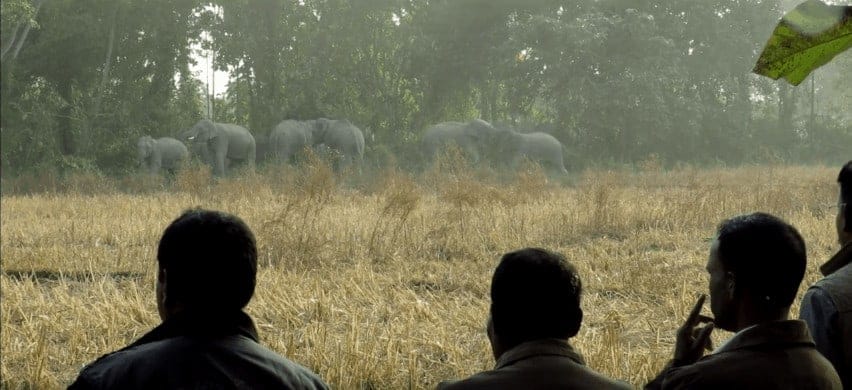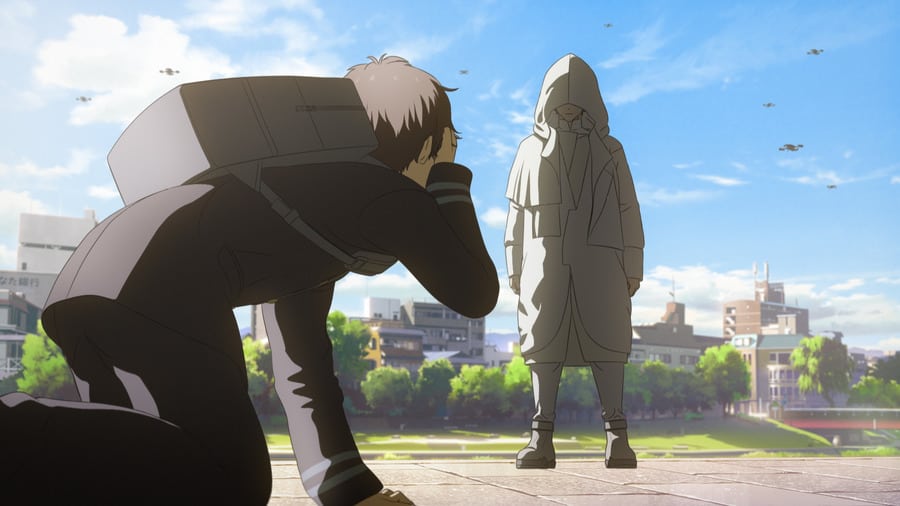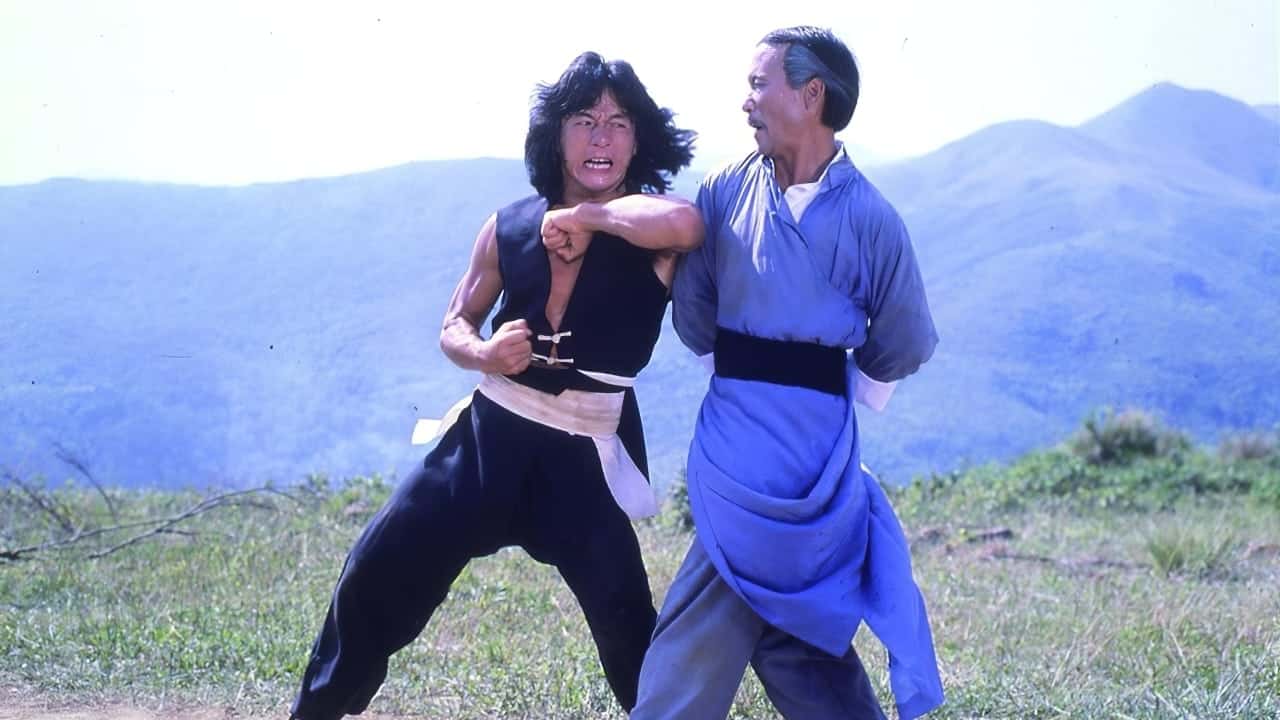“If I had had a home, I would have never ended up in Seoul station.”
Over the last decade, zombie movies have become something which many had never anticipated: a part of our pop culture. Looking back at the most prominent entries into the genre, from George Romero's Night of the Living Dead” to Lucio Fulci's “Zombie Flesh Eaters”, perhaps no none would have thought the undead would be on prime time television, attracting millions of viewers. However, while the themes of films like “28 Days Later”, “The Zombie Diaries” and “The Walking Dead” may have changed, the overall nature of the genre has not been touched. You can even go so far as to say the real artistry behind the zombie genre is truly to paradoxically bring new life, fresh ideas to the shuffling (or sometimes running) zombies.
Interestingly, and maybe due to the development of global pop culture, even Asian productions have discovered the appeal of the genre. While films such as Ryuhei Kitamura's “Versus” already included the undead characters, movies such as Shinsuke Sato's “I Am A Hero” or Yeon Sang-ho's “Train to Busan” re-discovered the interesting symbolism within the genre. Especially Yeon Sang-ho's film has been well received by audiences and critics alike with its fast pacing, well-written characters and the interesting idea of reducing the outbreak of the zombie virus to a the small confinements of a train headed to Busan station. At the same time, “Train to Busan” as well as its animated prequel “Seoul Station” fit perfectly within the kind of structure introduced by Romero in his “Dead”-trilogy and its follow-ups.
“Seoul Station” is screening at the Five Flavours Festival

According to Yeon Sang-ho, “Train to Busan” and “Seoul Station” are reflections of our world, more precisely our relationships and our struggles to communicate. In an interview focusing on “Seoul Station” the director states he is interested in the distinction between the selfless and the selfish, a theme which is important for both films. Given the kind of arrogant, narcissist and despicable behavior by many humans depicted in the movies, their society functions in a similar way as individual, military and governmental at times, exacerbate the chaos, even more so than the actual monsters. “Seoul Station”, and also “Train to Busan”, explore this kind of mentality, which has led us to distrust each other rather than work together and show compassion or empathy.
At the core of “Seoul Station” there are three characters. Hye-sun and her boyfriend Ki-woong have been living in a small apartment trying to get by financially. Because their landlady threatens to throw them out, the situation becomes even more desperate and after a long argument, Ki-woong breaks up with her, demanding her to move out of the apartment. As Hye-sun wanders the streets of Seoul in search for a place to stay for the night, strange events start happening and she witnesses several people being viciously attacked by seemingly rapid attackers. Meanwhile, Suk-kyu, Hye-sun's father, has arrived in the city, in search for his daughter. Angry with Ki-woong about leaving her to her own devices, he forces him to help him look for her. But as they are also attacked by the infected, the two men have to figure out a way to survive while also finding Hye-sun.

Perhaps one of the most important scenes of the film is the powerful, quite telling opening of “Seoul Station”. Instead of hinting at an explanation for the infection, like in “Train to Busan”, there is no such thing in the prequel as an elderly man enters the frame, moaning and holding his shoulder where a blood stain is slowly spreading. Even though the man has not “turned” yet, it is interesting to see his environment reacting to him as only a few try to help him while the majority passes him by, without looking at him. As he makes his way to the underground tunnels surrounding Seoul station, he sits down and is swallowed up by the constant stream of commuters, shoppers and workers. All in all, the sense of foreboding is equaled by the kind of ignorance we witness when a man, who is clearly in a lot of pain, becomes just part of the ever growing invisible minority of the city. Interestingly, even the other beggars and homeless largely ignore him and focus rather on themselves and their struggle to have a roof over their heads, and possibly enough food and drink for the night.
If we take a look at the people turning into the undead in “Seoul Station”, you begin to understand the kind of cynicism Yeon Sang-ho is talking about, referring to this film and its successor. Both films follow the concept of horror as a “struggle of recognition of all that our civilization oppresses and represses” (Robin Wood). In a greater context, the homeless, the poor, the working class as well as young people are part of the repressed, or the disadvantaged, so it is only logical for them to be the first victims as well as becoming the “undead” attackers. In many ways, this idea is much more emphasized in “Seoul Station” making it a much more hopeless and darker film, one which sees the invisible majority of society helplessly slaughtered as the first victims. In an ironic twist, their attack on those on top, the rich, the military and the privileged, is also some kind of recognition, a final act to be seen by those who have exploited them for so long.
However, its tone is also a result of the characters Yeon Sang-ho has created in “Seoul Station”. Unlike their counterparts in “Train to Busan”, there is very little cooperation, even as the situation makes it necessary for their survival. Ki-woong, for example, is essentially a weak character ready to exploit others like his girlfriend, and act upon the “eye for an eye”-mentality which has proven to be rather problematic. Only a demonstration of superiority and the threat of violence by Suk-kyu makes him hesitantly work with someone and ensure their survival.

Almost consistently in the world of “Train to Busan” and “Seoul Station”, only the disadvantaged show signs of compassion and true empathy. In a truly touching scene, Hye-sun and a homeless man who has accompanied her for quite some time, start to cry about the fact they have lost their homes. As their cries echo the gray surface of the subway tunnels, it is one of the very few images of solidarity and grief, a metaphor for the kind of injustice and ignorance which has caused the situation (and gradually makes it worse). However, the true reality of this condition does not change, and it should come as no surprise to see the first shots of the film fired at a human being rather than one of the infected.
In conclusion, “Seoul Station” is a worthy prequel to “Train to Busan”, but can also stand on its own two feet. Its image of society is quite dark, cynical and overall pessimistic, mirroring its portrayal of human nature. Both films have managed to extend the concept of the zombie genre and have stayed true to the symbolic nature of it, turning it into a statement about human ignorance and the exclusion of the weak in our global society.
Sources:
1) Dragla, Paul (2016) Zur Bildwerdung der Untergangsfurcht im Zombiefilm (The creation of the image of downfall in zombie movies)
2) Lui, John (2016) Seoul Station director says the movie offers more than just zombie thrills
www.straitstimes.com/lifestyle/entertainment/zombies-of-misery, last accessed on: 10/17/2018
3) Wood, Robin (1986) Hollywood from Vietnam to Reagan. New York & Guildford: Columbia University Press.















